The Colosseum of Italy: History, Architecture and Cultural Heritage
VerifiedAdded on 2023/06/13
|11
|640
|331
Essay
AI Summary
This essay delves into the history and significance of the Colosseum in Italy, a UNESCO World Heritage Site. Constructed during the reign of the Flavian emperors, specifically Vespasian and Titus, the Colosseum served as a grand amphitheater for various public spectacles, including gladiator contests and mock naval battles. The essay highlights the Colosseum's architectural features, its capacity to accommodate up to 50,000 spectators, and its role in reviving Rome during a turbulent period. It also emphasizes the Colosseum's enduring legacy as a symbol of Roman history and a major tourist attraction, contributing to the local economy through increased tourism. The essay concludes by referencing various sources that provide additional information about the Colosseum's history and cultural importance.
1 out of 11

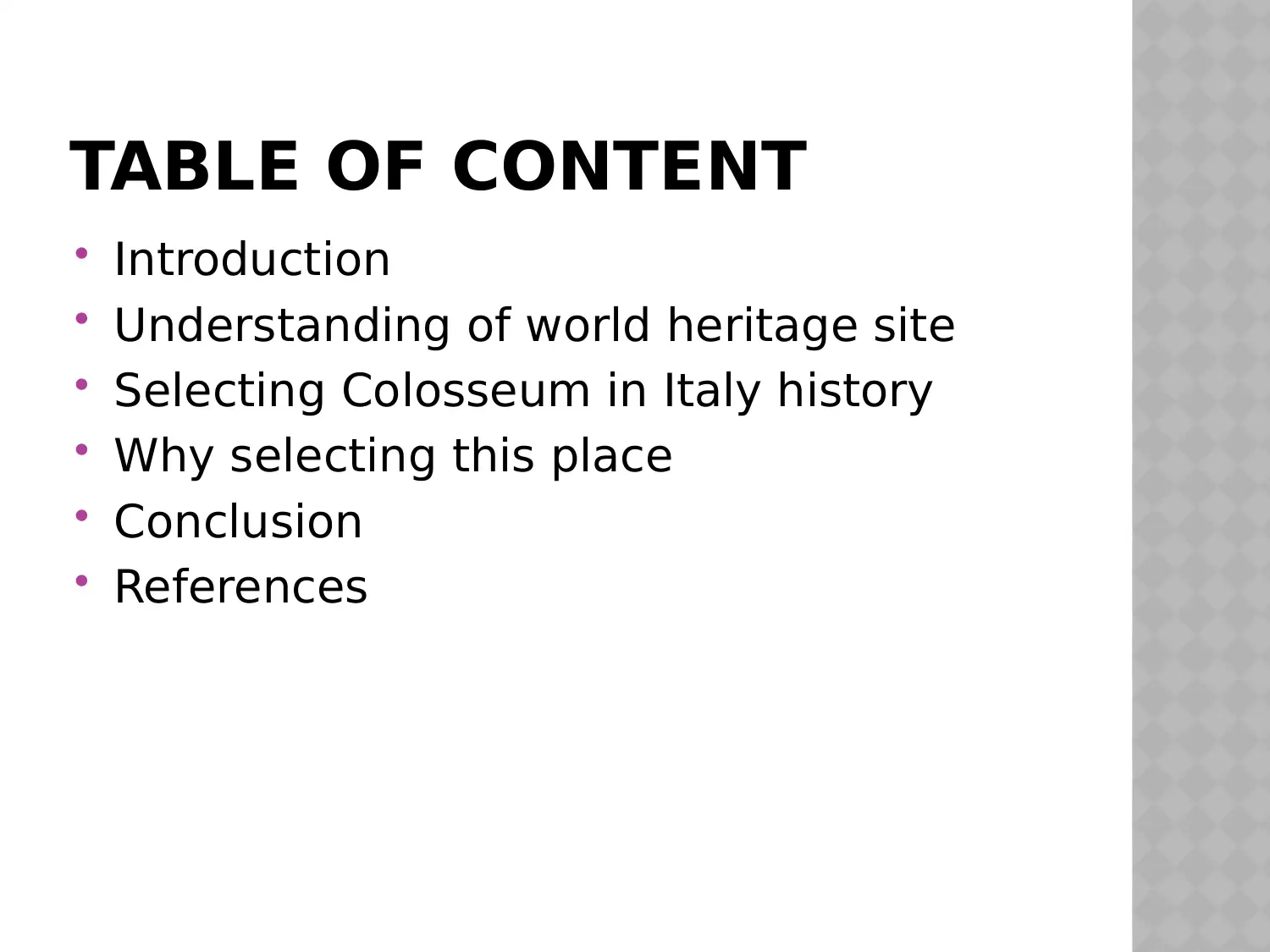
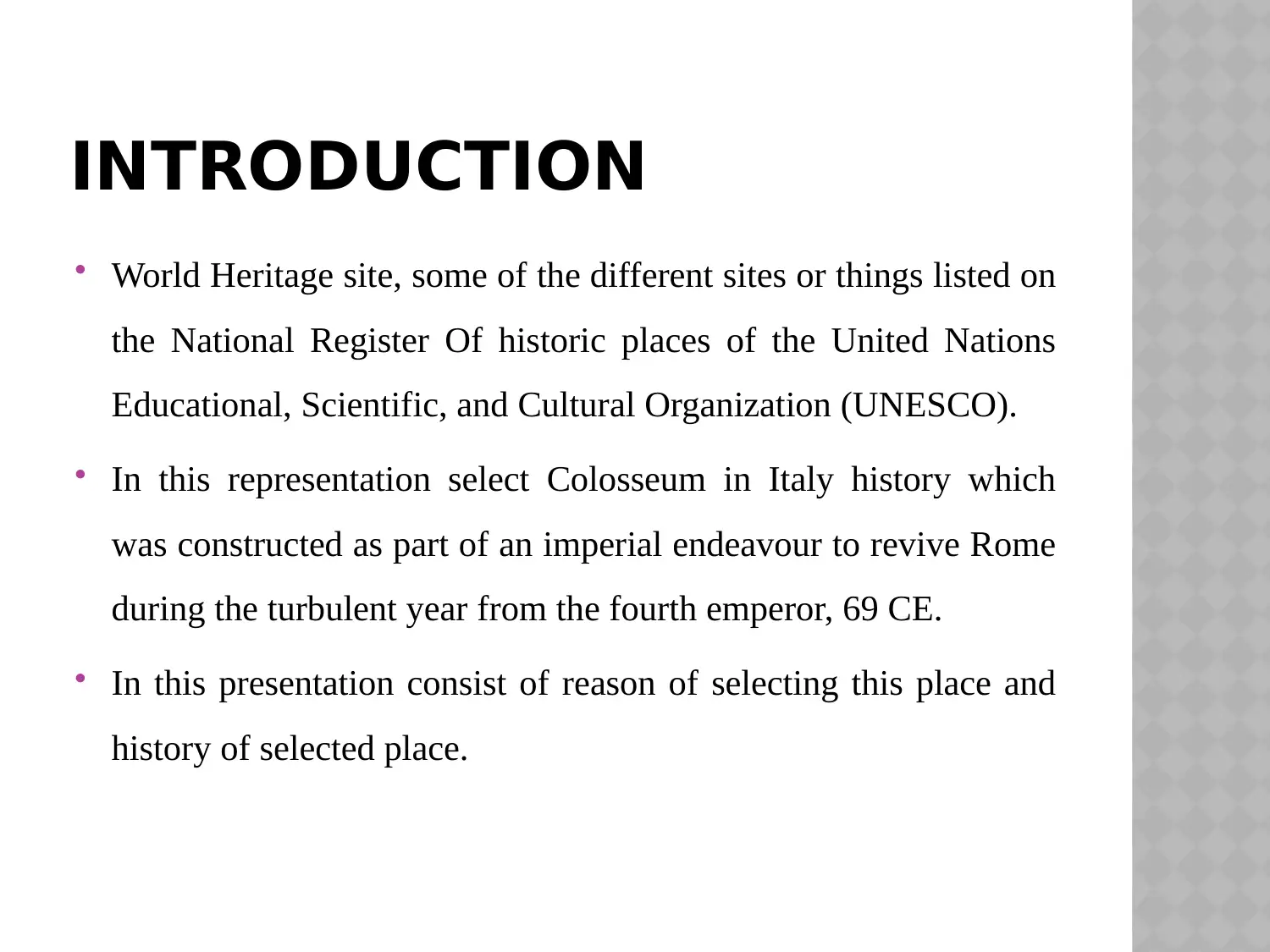

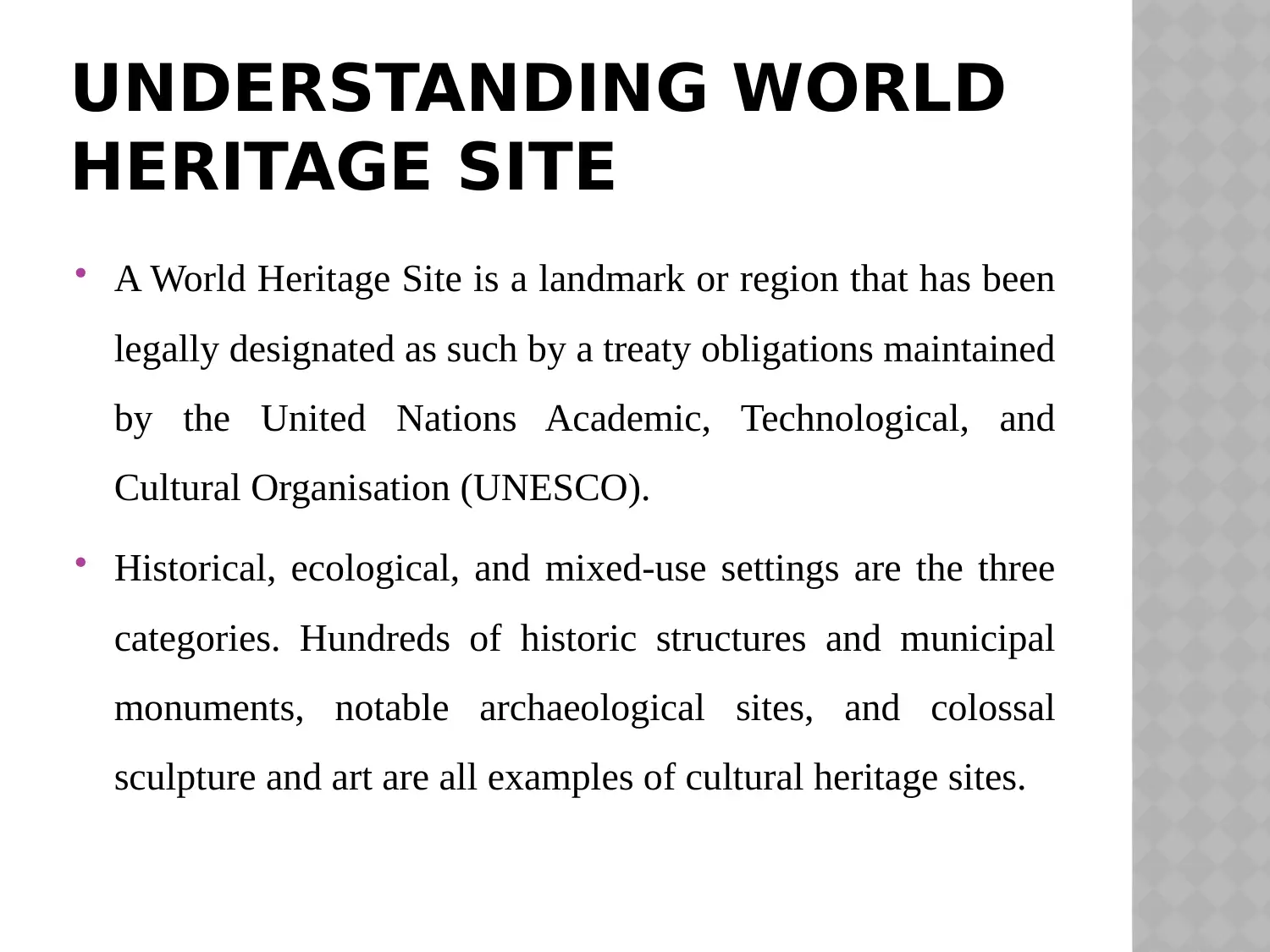
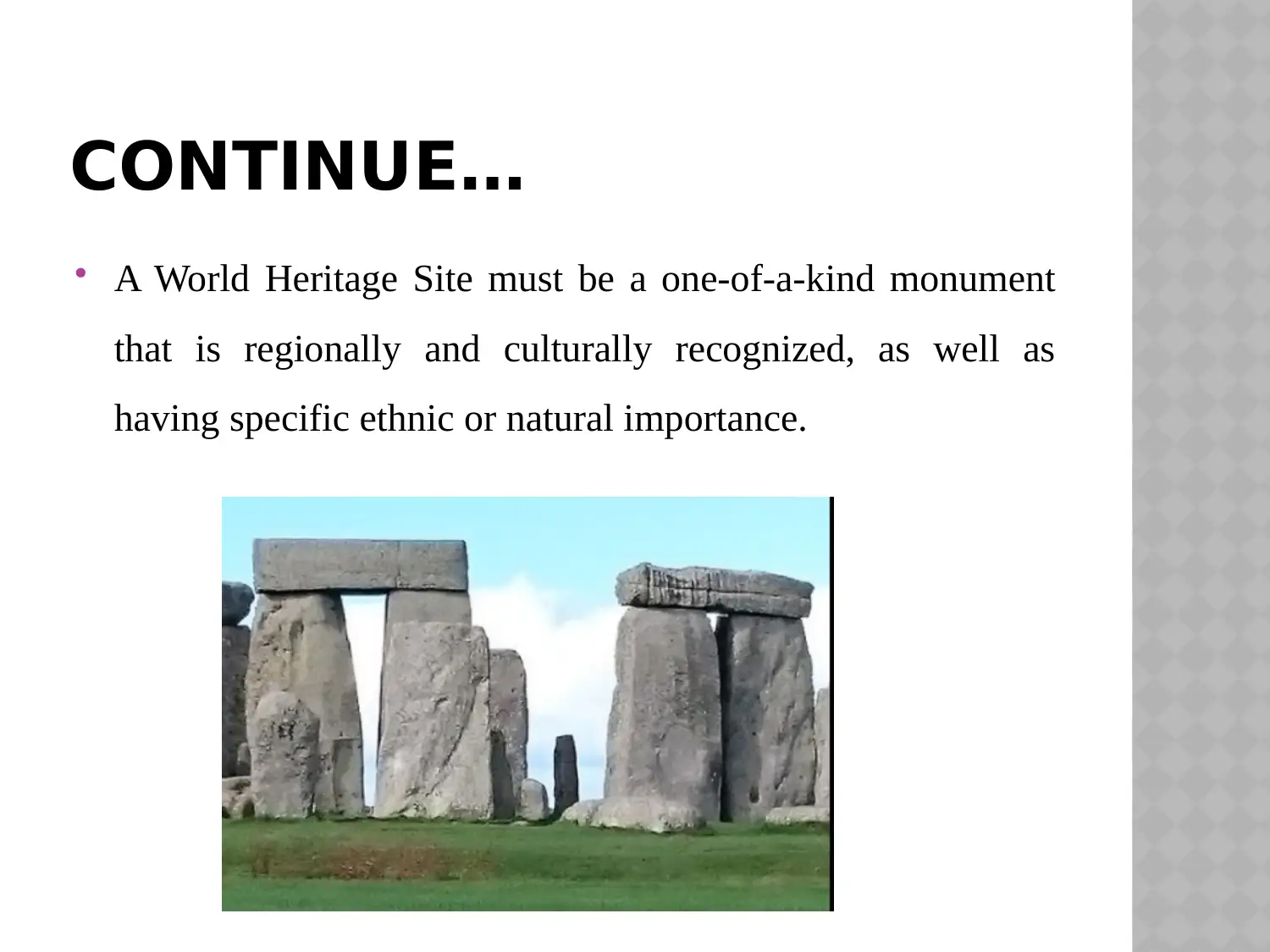
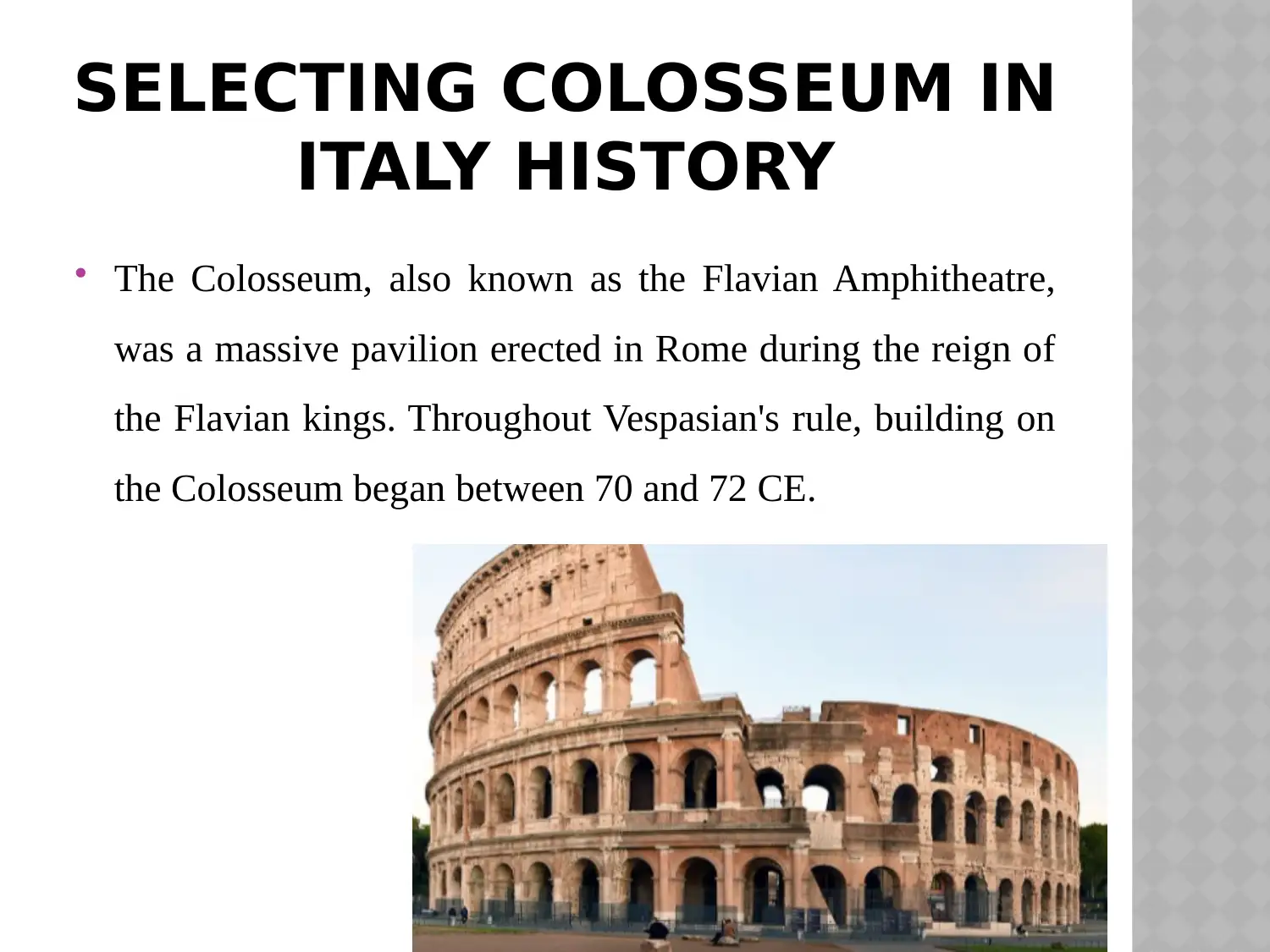
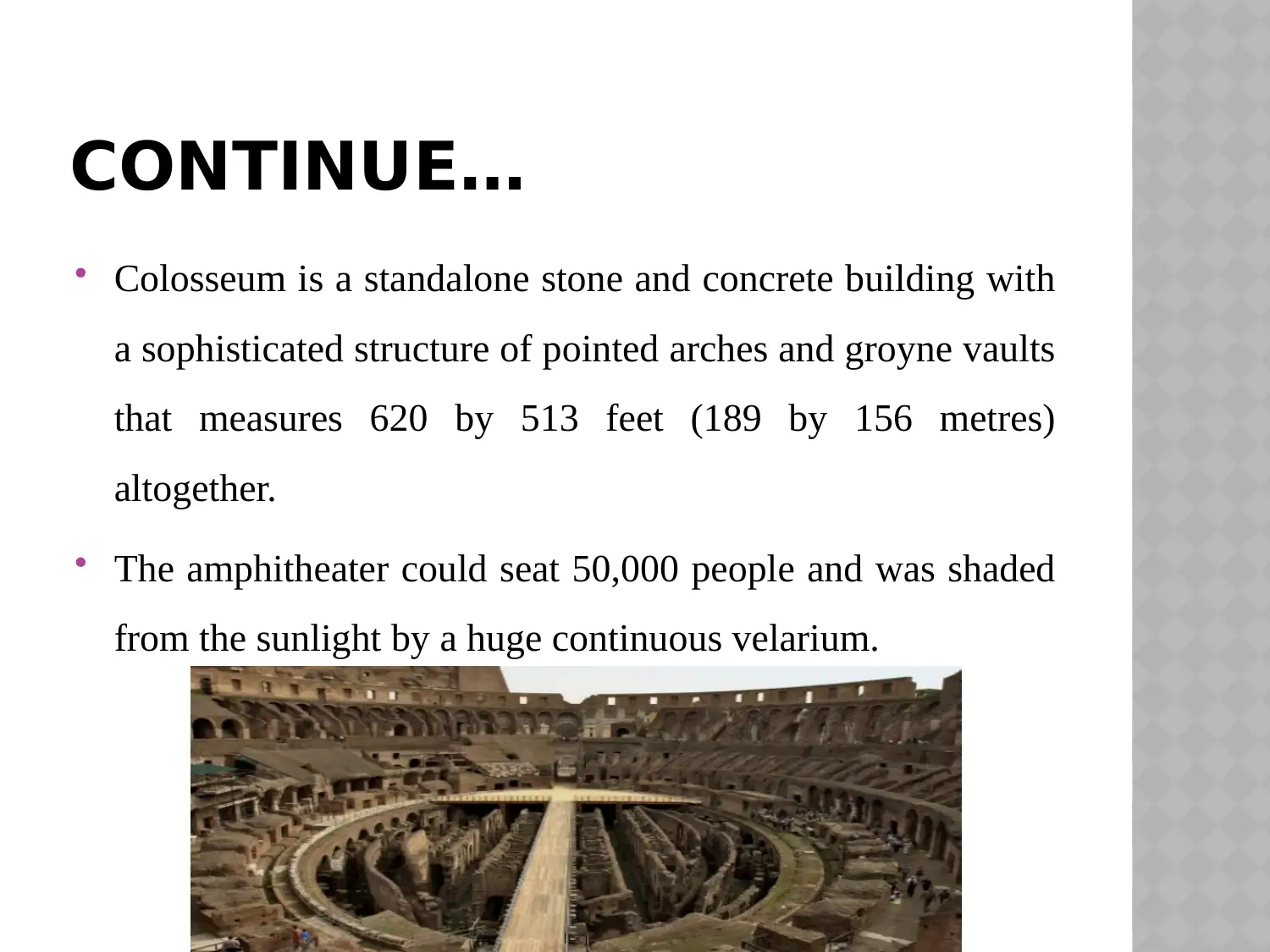
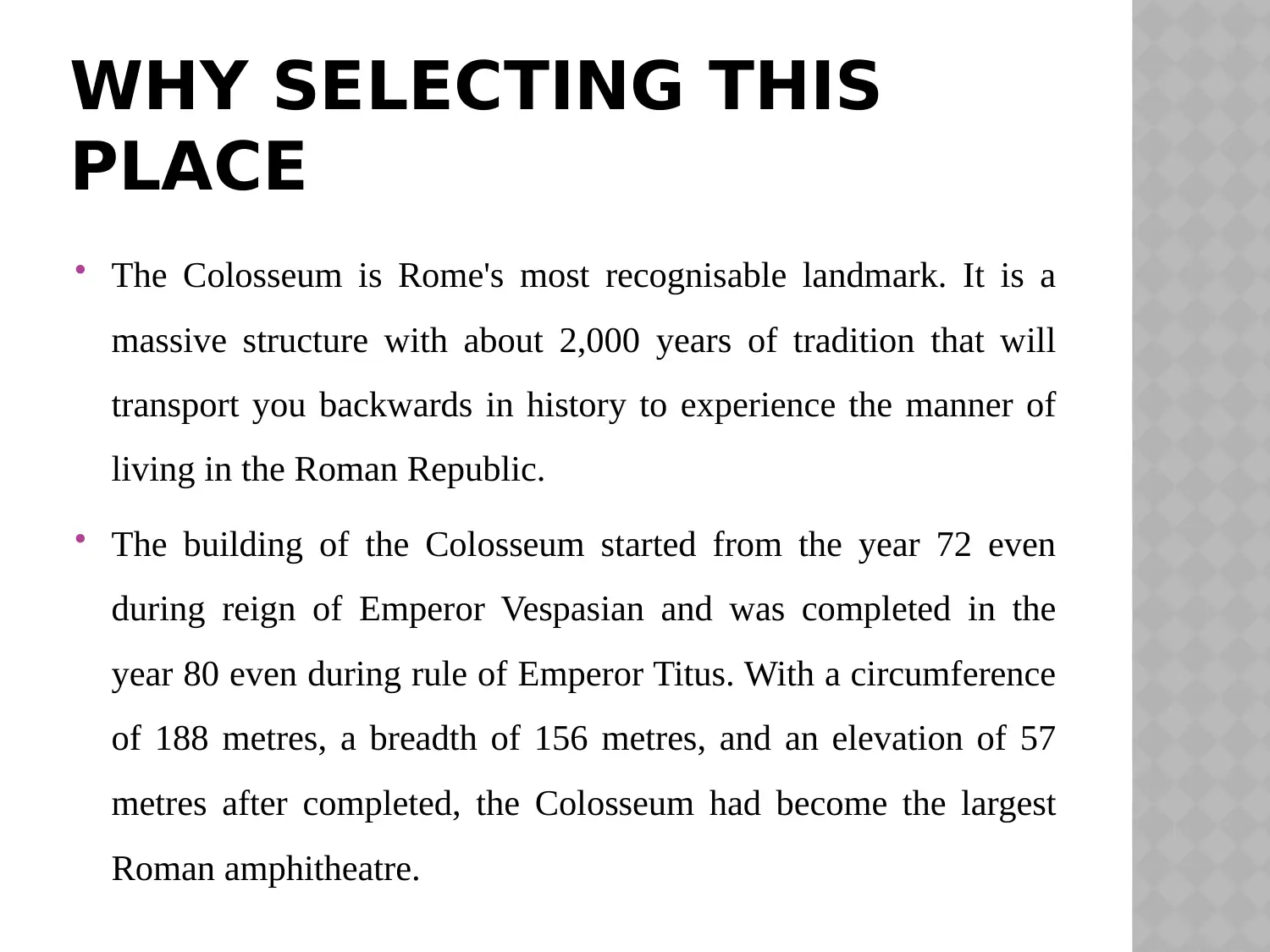
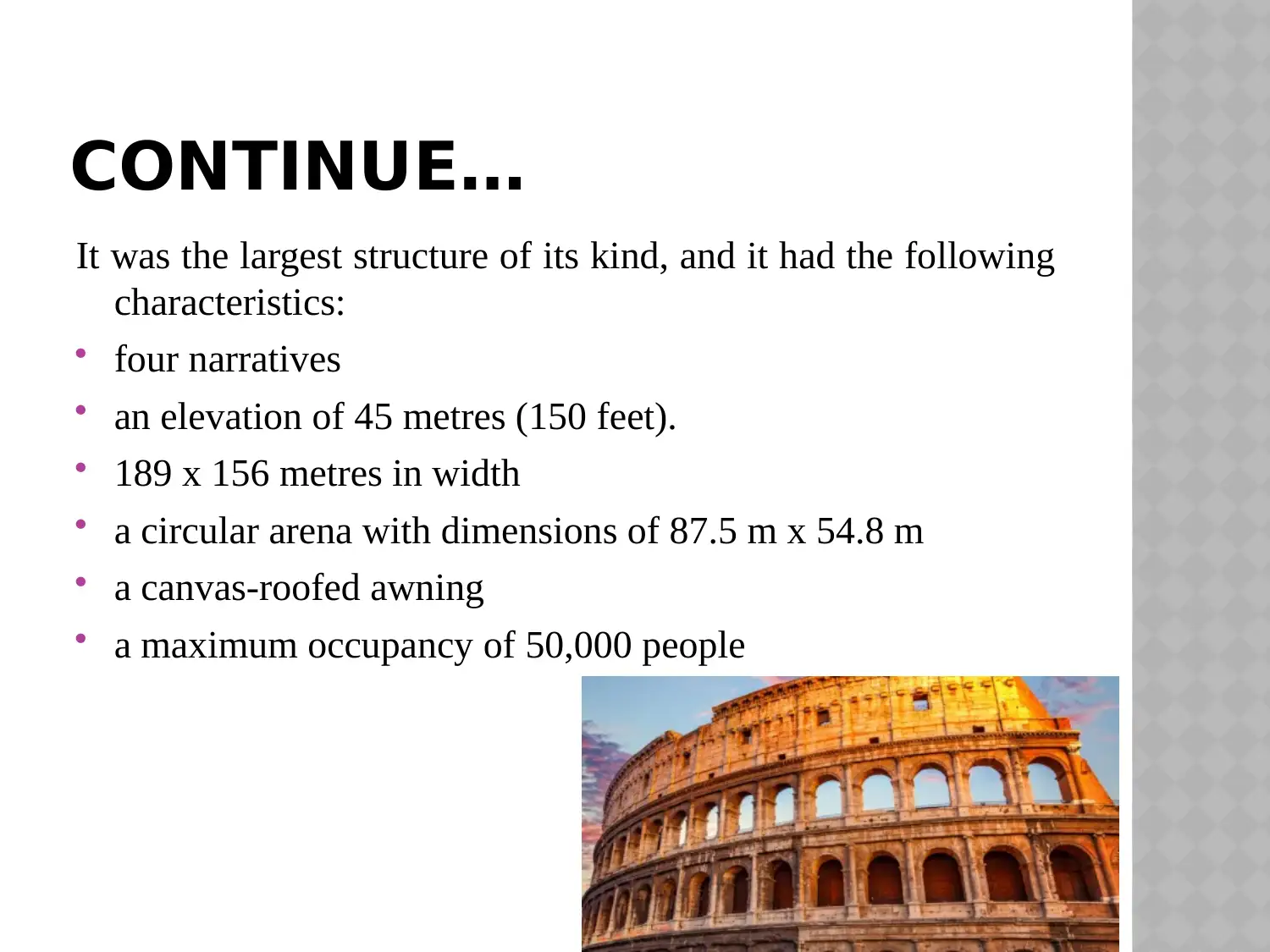
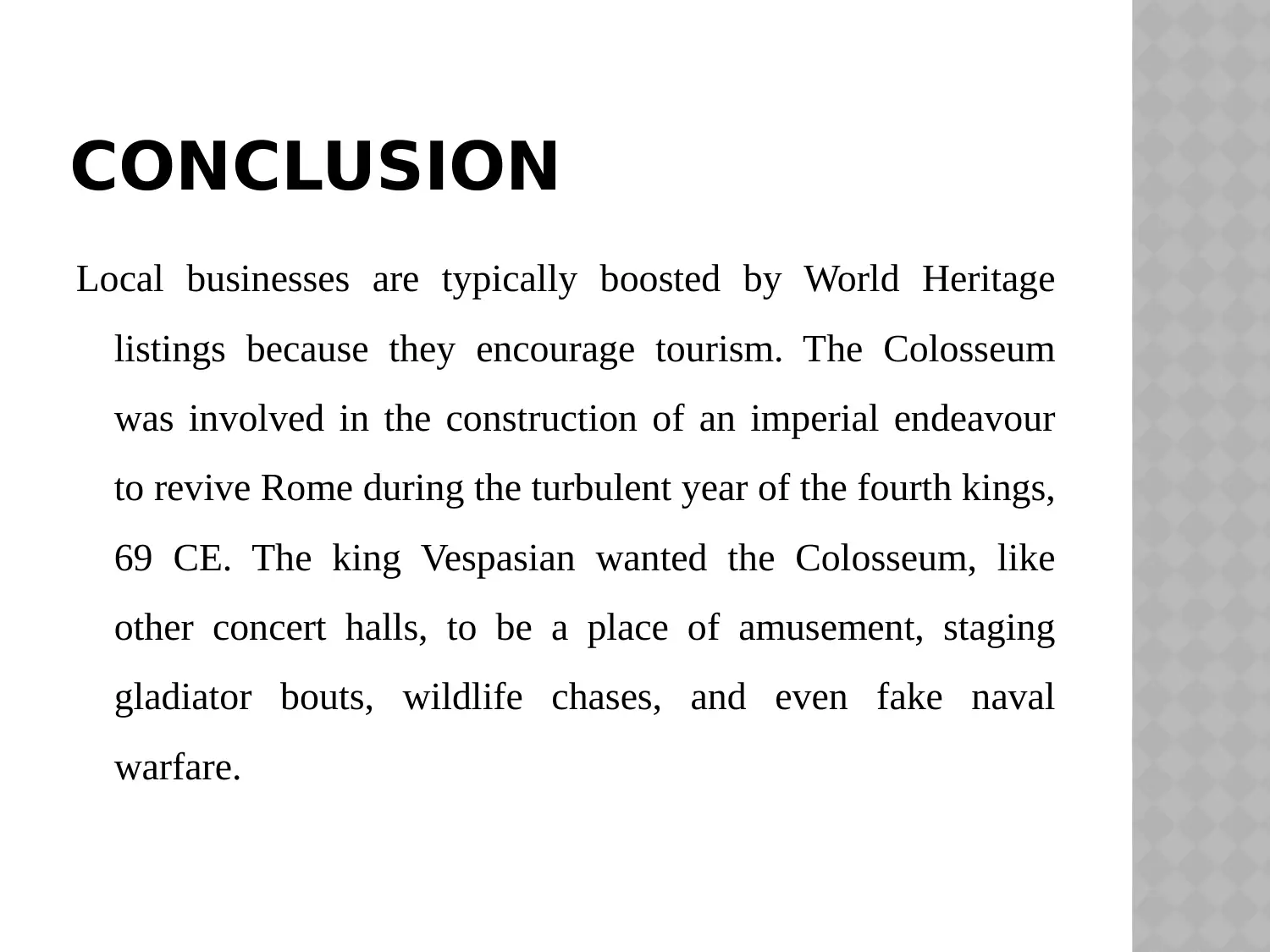
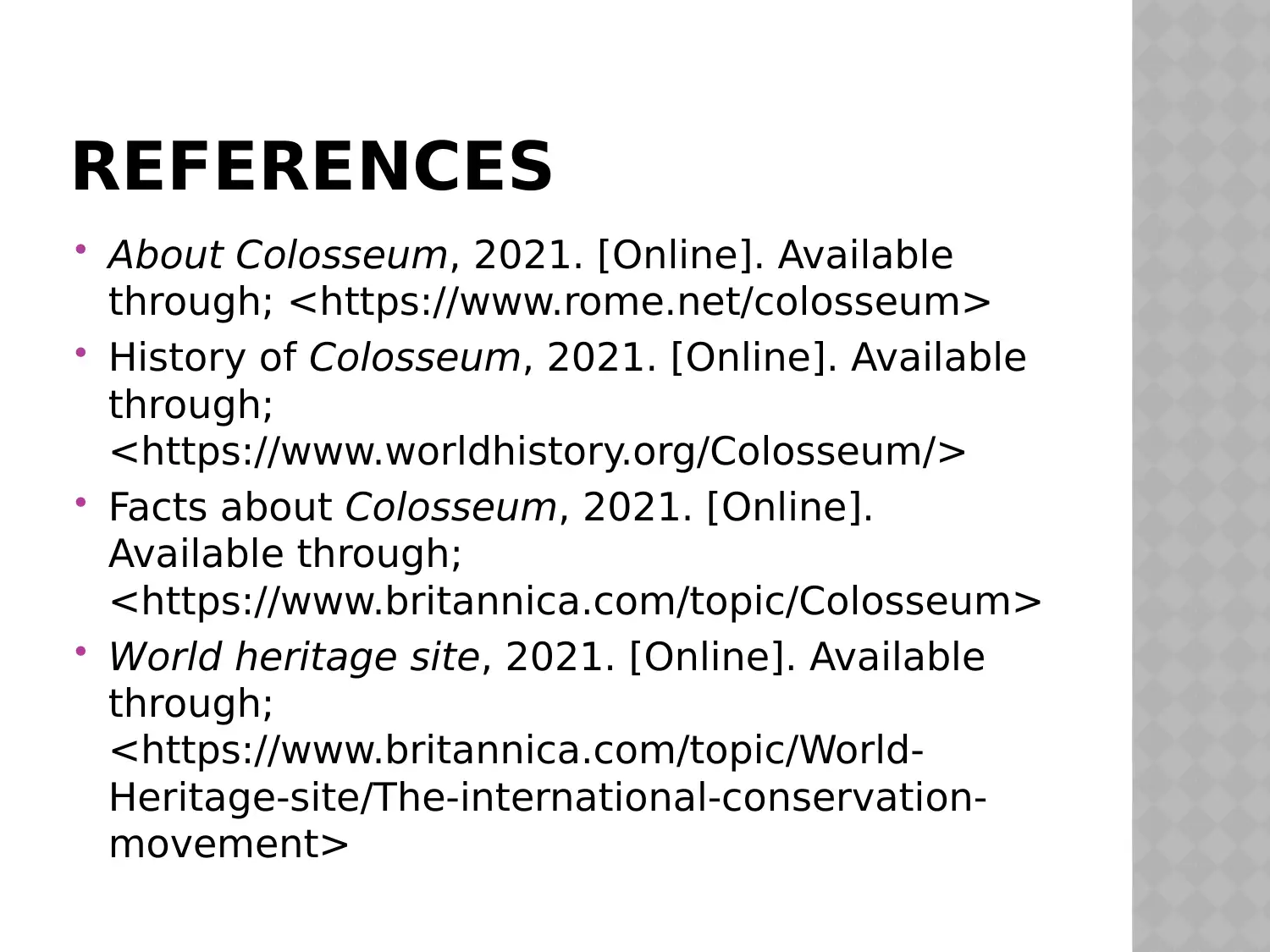
![[object Object]](/_next/static/media/star-bottom.7253800d.svg)